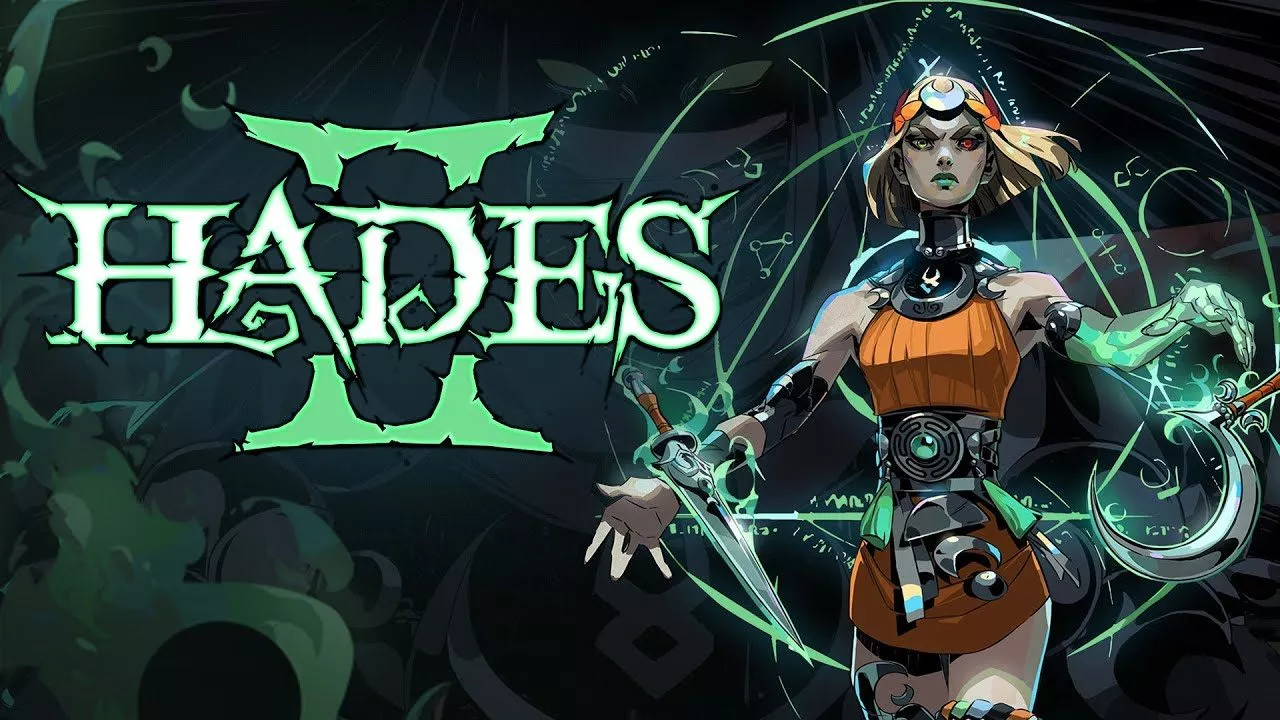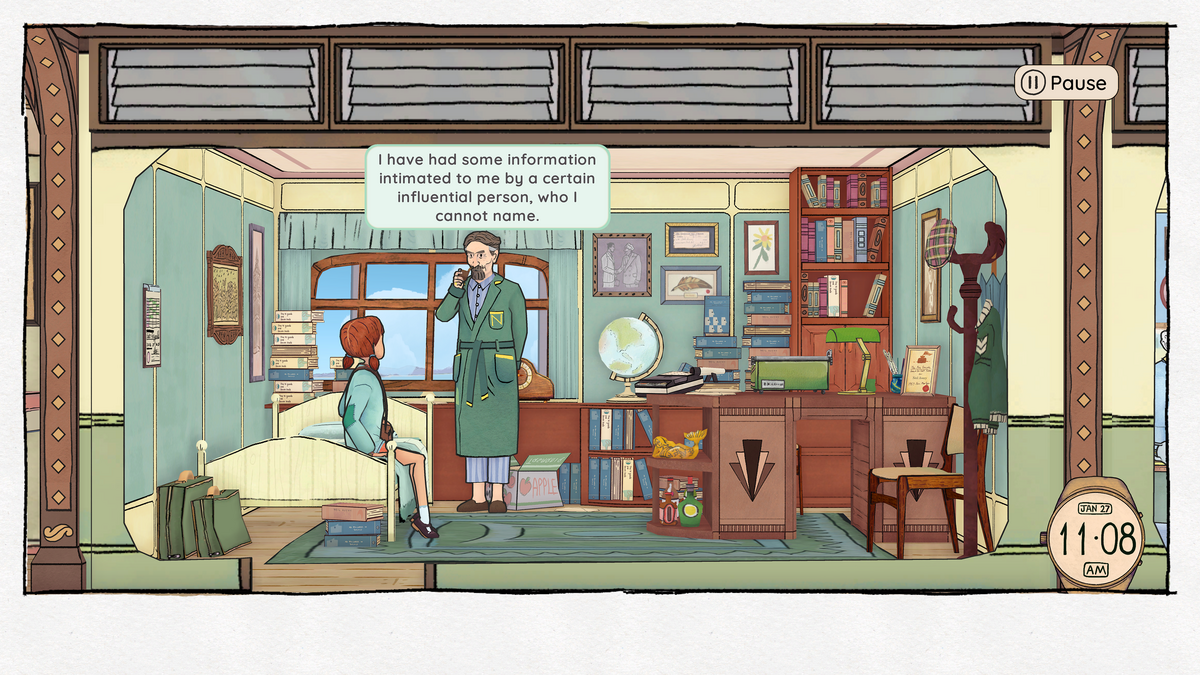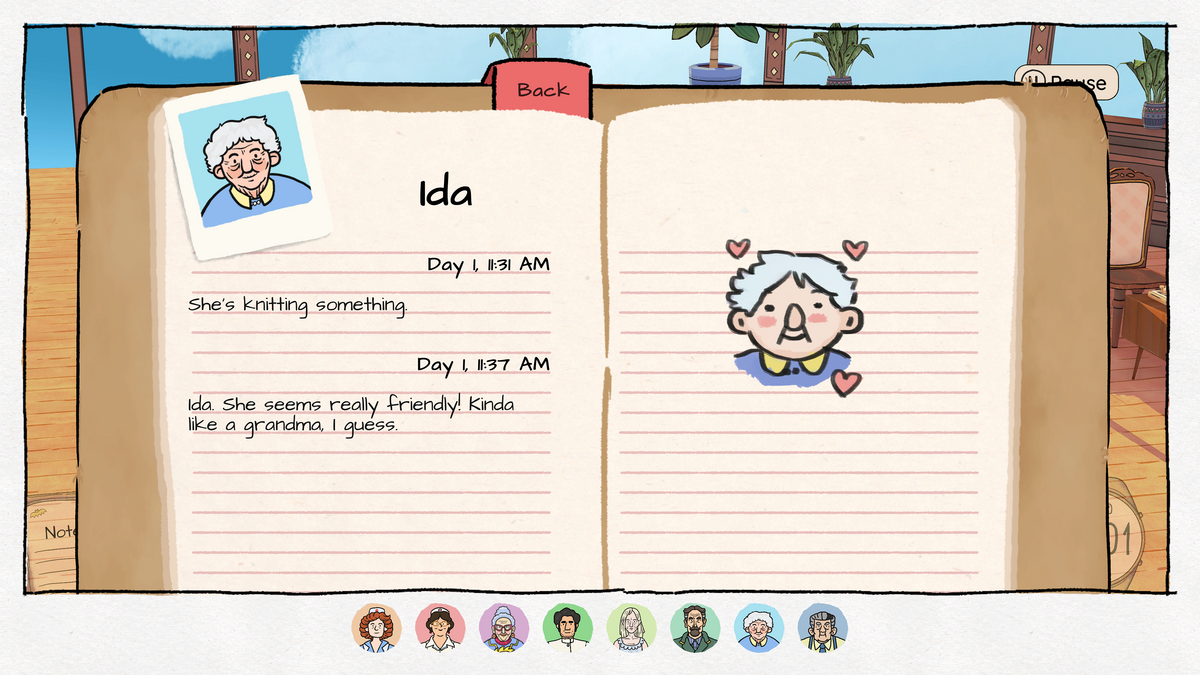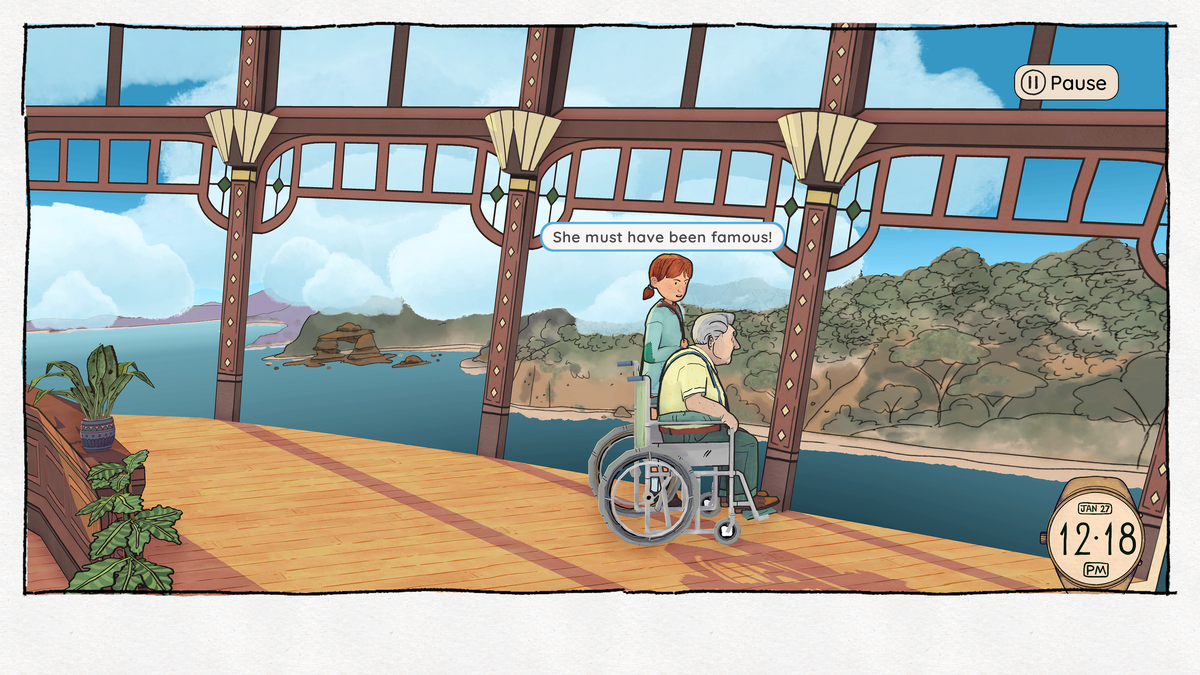It's not a dating sim, but there is a ship.
Ghost Pattern’s Wayward Strand is a refreshing take on the choice-based, narrative adventure genre popularised by Telltale’s The Walking Dead and Square Enix’s Life is Strange series. While it does have things in common with the above-mentioned titles, Wayward Strand’s fully-controllable protagonist and multi-linear narrative style are enough to break the established mould to create a unique experience.
Wayward Strand is set in a rural Australian town in the summer of 1978. You step into the shoes of Casey Beaumaris, a 14-year-old girl on school holiday; her mum has robbed her of a lazy weekend by forcing her to help in the geriatric ward of the hospital she works aboard. The hospital in question is actually a converted airship, formerly used for luxury sky cruises. Intrigued? I was, and so is Casey, whom – despite her misgivings about working on the holidays – has decided to use the opportunity to write an article for her school newspaper about the mysteries of the airship.
After a quick chat with your mum on the way up to the ship, you’re taken to the nurse’s station and introduced to her overworked colleagues. Lily, a kind but highly strung nurse, tells you the best way to both help out and complete your article is to spend time with the ship’s elderly patients. She gives you a fob watch which shows up in the bottom corner of your screen and sets you loose. This is where the core gameplay loop kicks in.
You have three days aboard the airship with its colourful cast of fully-voiced patients and staff. All the while, that fob watch sits in the corner of your screen ticking away. Your time is your own and you must choose how you spend it before you leave at the end of each day and finally – on the third day – for good. Who do you talk to? What about? For how long? Which relationships do you foster, and which do you let expire?
As you explore the 2.5D plane of the airship and make your decisions, each of the characters’ stories unfold over the day. It’s all happening independently of you; while you start with the prompt of the airship’s mystery, other narrative threads are constantly emerging. A VIP is coming on Sunday and the staff are under the pump preparing, one of the patients died yesterday, a staff member just stopped showing up to work and more that I likely did not discover on either of my playthroughs. This is because the more time you spend with certain characters, the more events will trigger for them, and new threads of inquiry start to emerge.
The anxiety behind this works fantastically as a means to push the player forward in their pursuit of information about whichever story threads have piqued their interest. It also means that Wayward Strand’s version of the player choice common in narratively focused games goes beyond just which dialogue option to select. It’s about weighing up the unknown value of sitting down to lunch with sweet old Mrs Vaughn who was friends with the deceased patient, or eavesdropping on the waspish Esther about her argument with him the day before. You make your choices, knowing all the while that there’s at least five or six other beats that you’re missing out on.
Casey records everything she discovers or overhears from patients and staff in a notebook that you can access at any time, meaning you can keep track of the astounding volume of information that Wayward Strand is drip feeding you throughout. The notebook is especially helpful to keep up with time-based information like the arrival of a visitor at 11:00 or a planned interview at lunch. There’s also a handy function to bring up portraits of the characters you’ve interacted with and have their direction displayed to you so you can locate them easily, provided they aren’t indisposed. This is where the wind can come out of the sails a bit, depending on how you’ve spent your time.
In the first of two playthroughs, I found my experience bursting with conversations and investigations from start to finish. I met every patient, staff member and visitor aboard the airship. Each one was distinct and memorable, and I was hard-pressed to pick any small batch of them to prioritise. Because of this, I was constantly walking in on conversations as they finished, missing key events for characters I was invested in. This is part and parcel of the game’s mechanics, however, and spurred me on to closely pursue the other stories that were unfolding around me. My persistence paid off and I did experience some satisfying conclusions to these threads.
In my second playthrough, I decided to do an intense focus on some characters who I couldn’t seem to crack in my first. Sharp-tongued Esther and her close friend, a loquacious author named Mr Avery (as voiced by Michael Caton of The Castle). I never quite got over Esther’s refusal to let me sit in on her and Mr Avery’s gossip session at lunch in my first playthrough, so I hounded them so I could help out in whatever way I could in the second. This led to some fantastic interactions with them that I completely missed originally. I got my lunchtime gossip session, but a hastily conducted séance was the true highlight.
The problem with focusing so intensely on just two of the characters was that by the time the third day rolled around, the ones I was focused on spent a significant portion of the day indisposed. I had not built enough of a relationship with anyone else to have any kind of meaningful interaction, which led to long periods of thumb twiddling. At these points, pacing was lost and the slow march of the fob watch became more annoying than compelling.
Wayward Strand ran smoothly throughout the entirety of both playthroughs with no frame drops or stuttering. There were some minor bugs like objects that characters were interacting with not behaving correctly, or a single instance where one of the nurses was swallowed into the floor and stuck in a default pose. This didn’t interfere with his dialogue and rectified itself quickly and neither this, nor the object behaviour had any significant impact on my enjoyment.
The quirky patients, cartoonish art style and peaceful guitar-laden soundtrack of Wayward Strand recall something that might have aired on ABC Kids in the early 2000s. There’s a very deliberate hand-drawn aesthetic to the characters and environments, the mostly warm colour pallet enhances the charm of both. Surprisingly immersive, there is an underlying nostalgia to it that is hard to put my finger on.
Perhaps it’s because I’m a student journalist myself, but I found it easy to identify with 14-year-old Casey’s motivations and struggles; this is something I didn’t expect to be able to do as a 28-year-old man. The limited timeframe imposed on you serves as a compelling thematic tie-in to many patients’ stories. As residents of the geriatric ward, the characters are very forthright about the inevitability of death. As they cope with their own finality in various ways, you must grapple with the finality of your task. At first, I ran around frantically, fretting over every minute that ticked by because I wanted to experience everything that you could on the airship. Eventually I had to come to terms the fact that I couldn’t and dedicate my remaining time to the things that I thought were important.
If you are vehemently opposed to narrative experiences with very light gameplay elements, Wayward Strand may not be something you will gravitate towards. For fans of the genre, it would be hard not to recommend. I – who usually prefer the third-person, open world flavours of the month – found myself thoroughly entertained by its charming cast of characters and its uniquely compelling storytelling style.
Wayward Strand launches on 15 September on Windows PC via Steam, Xbox One, Xbox Series S, Xbox Series X, PS4, PS5 and Switch.
Wayward Strand was reviewed using a promotional code on Xbox Series S, as provided by the publisher. Click here to learn more about Stevivor’s scoring scale.
This article may contain affiliate links, meaning we could earn a small commission if you click-through and make a purchase. Stevivor is an independent outlet and our journalism is in no way influenced by any advertiser or commercial initiative.




























